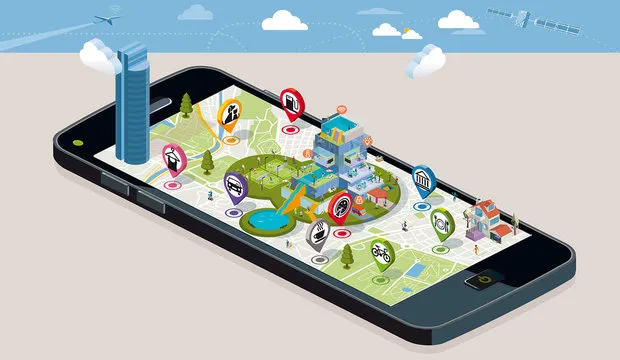Citizen-Centric City: An Integration Strategy for Cities to Digitally Delight their Citizens
Blog: The Tibco Blog
Cities and municipalities have historically struggled to delight their stakeholders due to outdated systems, limited funding, long procurement cycles, red tape, and myopic vision. Many of the services provided by cities, such as issuing permits and business licenses, allocating land-use, maintaining parks and managing recreation centers, supporting emergency and non-emergency services, monitoring construction status and work orders, issuing and collecting property taxes and providing zoning information are supported by a multitude of systems, each of which have their own teams, databases, processes, and field operations. These include systems like CLASS, Amanda, Hansen, ERP, PeopleSoft HRMS, SAP, ArcGIS, and so on. Many of the activities require manual effort, replicated processes, delays, and data duplication and have very limited transparency to the citizens. Typically, cities spend between 60-70% of their IT operations budget on point-to-point systems integration on an ongoing basis.
Citizens Have Digitally Leapfrogged Their Cities
With the rapid adoption of mobile, social, web, and cloud services, citizens have leapfrogged cities with rapid creation and consumption of digital services for their enhanced personal productivity. The expectations of superior customer experience and need for near real-time responses has become the new normal, which has created a force factor on cities and municipalities to step up their game on centering their services around their primary stakeholder, the citizen. In Canada, several Telco companies are realizing this and attempting to crack into cloud services.
The Business Case for City-Wide Integration
TIBCO has enabled two progressive cities in Western Canada to execute on their mandate of a well-informed citizenry, powered by digital strategy that is underpinned by business integration. Through a powerful suite of integration tools supporting legacy, current, mobile, social, and cloud services, these cities are able to reduce their cost of IT operations to less than 20%, while increasing the velocity of their services delivery, enhancing time to market, reducing cost to serve, enhancing citizen experience, and ensuring cost avoidance in the millions through re-use and best practices.
One of the first services that was successfully supported by the integration program was the 3-1-1 program for non-emergency city services. The contact center agents that receive 3-1-1 calls are able to provide a consistent customer experience with up-to-the-minute information to the citizens and other stakeholders. Based on the success of this program, more than 90% of all subsequent integration projects were performed on TIBCO BusinessWorks. Another successful project was the elections mobile app, which enabled near real-time delivery of provincial election results to mobile devices.
The Digital Future for Cities
With the proliferation of platforms like mobile, cloud, social networks, connected cars, and IoT sensory networks, a greater diversity of platforms and users has emerged, which has caused faster pace of change, increased volume of requests, and growing expectations for a real-time, always-connected experience. TIBCO’s Fast Data platform platform enables these cities to enhance their business success and agility by the creation of an Operational Intelligence Hub, which combines human insight, dynamically optimized business processes, and machine intelligence. Beyond integration, cities can implement complex event processing and real-time analytics to provide contextual information to city officials, councilors, law officials, and citizens for their consumption and next best action.
With the TIBCO Fast Data platform, cities are better positioned to execute their digital strategies, improve their competitive advantage, provide transparency to citizen services, and attract new revenue sources powered by the citizen-centric vision.
